Welcome to our guide on fishing tips for beginners! Whether you’re new to fishing or have never tried fly fishing before, this article will provide you with essential tips and techniques to enhance your fishing adventures. With our beginner-friendly advice and expert knowledge, you’ll be well-equipped to dive into the exciting world of fly fishing.
With the right fishing gear, you’ll increase your chances of success while enjoying the experience. In the next section, we’ll discuss the essential fishing gear for beginners, including rods, reels, lines, and other accessories, to help you make informed decisions when selecting your equipment.
Learning basic fishing techniques is the key to becoming a successful angler. We will cover the fundamental skills every beginner should master, from casting techniques to reading the water and understanding fish behavior. These techniques will greatly improve your chances of landing a catch.
Fly selection is an important aspect of fly fishing. In this guide, we’ll walk you through the process of selecting the right flies based on various factors such as fish species, water conditions, and time of year. Understanding fly selection will give you an edge and increase your chances of enticing fish to bite.
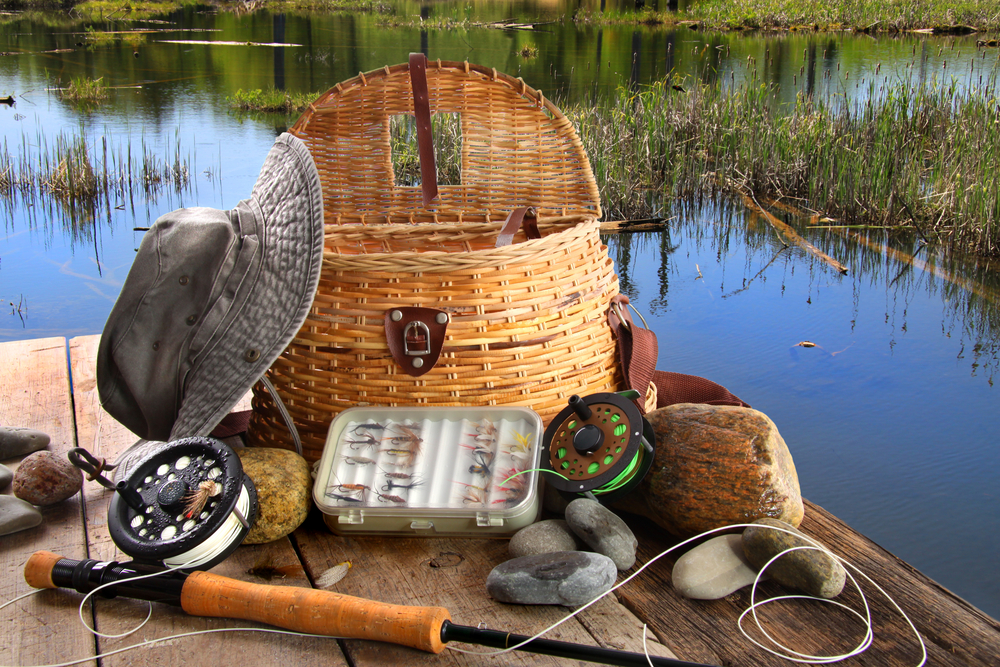
Mastering basic fly casting techniques is essential for accurate and efficient fishing. In the next section, we’ll provide step-by-step instructions and valuable tips for perfecting your casting skills. From overhead casts to roll casts, you’ll soon be casting like a pro.
As a responsible angler, it’s crucial to practice proper fish handling and conservation. In this guide, we’ll discuss catch and release practices, how to handle fish with care, and other important conservation measures. By prioritizing fish conservation, you can contribute to preserving fish populations and our precious natural resources.
In conclusion, these fishing tips for beginners will equip you with the knowledge and skills needed to embark on a successful fly fishing journey. From choosing the right gear to mastering casting techniques and conserving fish populations, you’ll be well-prepared for an enjoyable and responsible angling experience. So gear up, head out, and immerse yourself in the beauty of fly fishing!
Choosing the Right Fishing Gear
Before you embark on your fly fishing adventure, it’s crucial to have the right fishing gear. The gear you choose can significantly impact your fishing experience and success. As a beginner, it’s essential to understand the necessary equipment and make informed decisions when selecting your fishing gear.
When it comes to fly fishing gear for beginners, there are several key components you need to consider:
Fly Fishing Rods
A reliable fly fishing rod is the backbone of your fishing gear. Look for a rod that is specifically designed for beginners, with a moderate action and easy-to-handle length. Brands like Orvis, Redington, and Sage offer a range of beginner-friendly fly fishing rods that provide a balance of performance and affordability.
Fly Fishing Reels
The right fly fishing reel complements your rod and provides smooth line retrieval. Opt for a reel that matches the weight and balance of your rod. Reputable brands such as Ross, Lamson, and Waterworks-Lamson produce beginner-friendly reels that offer excellent functionality and durability.
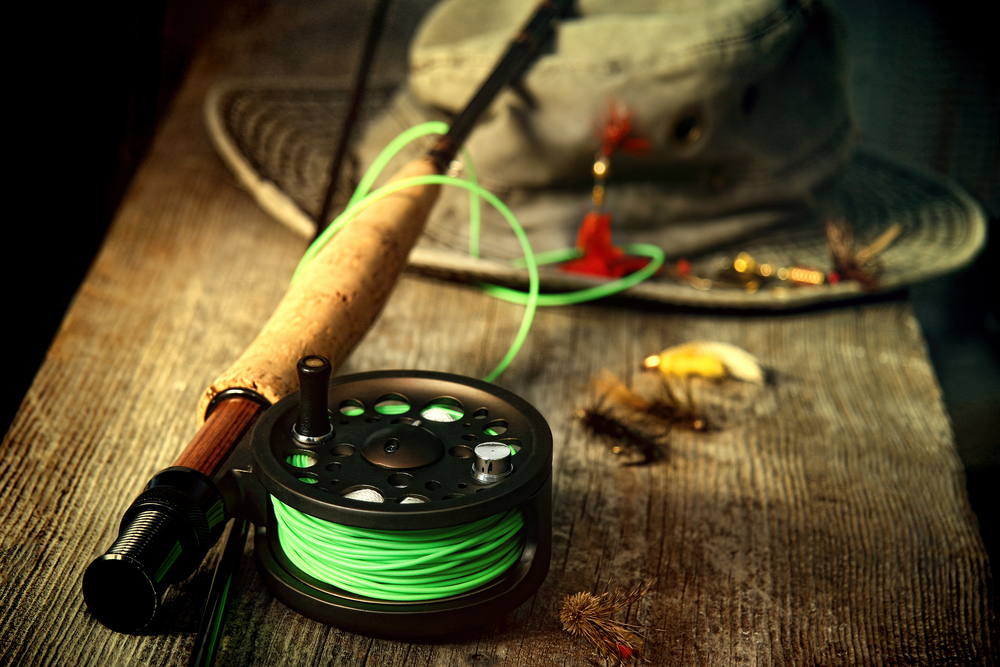
Fly Fishing Lines
Choosing the appropriate fly fishing line is crucial for casting accuracy and presentation. Select a line that corresponds to the weight of your rod and the fishing conditions you’ll encounter. Scientific Anglers, RIO, and Airflo are renowned brands that offer beginner-friendly fly fishing lines to suit various fishing styles and preferences.
Other Accessories
In addition to the essentials mentioned above, there are a few other accessories that can enhance your fly fishing experience. These accessories include leaders, tippets, flies, fly boxes, hemostats, and forceps. It’s important to invest in high-quality accessories from trusted brands such as Umpqua, Fishpond, and Loon Outdoors to ensure durability and effectiveness.
By choosing the right fishing gear for beginners, you’ll set yourself up for success and enjoy a more exciting and fulfilling fly fishing journey. Remember to research different brands, seek advice from experienced anglers, and consider your fishing objectives and preferences when making your gear selections.
Learning Basic Fishing Techniques
When it comes to fly fishing, learning the basic fishing techniques is essential for beginners. These skills will greatly improve your chances of success on the water. From casting techniques to understanding fish behavior, let’s dive into the fundamental techniques that every beginner should learn.
Casting Techniques
Mastering casting techniques is crucial for effective fly fishing. There are various casting methods you should become familiar with, including:
- Overhead Cast: This is the most common casting technique, where you cast the line by making a fluid, controlled motion with your rod and arm.
- Roll Cast: The roll cast is a useful technique for casting when obstacles like trees or bushes are behind you. It involves a roll-like motion to lift the line and propel it forward.
- False Cast: False casting is a technique used to control the distance and accuracy of your cast. It involves casting the line back and forth without letting it touch the water.
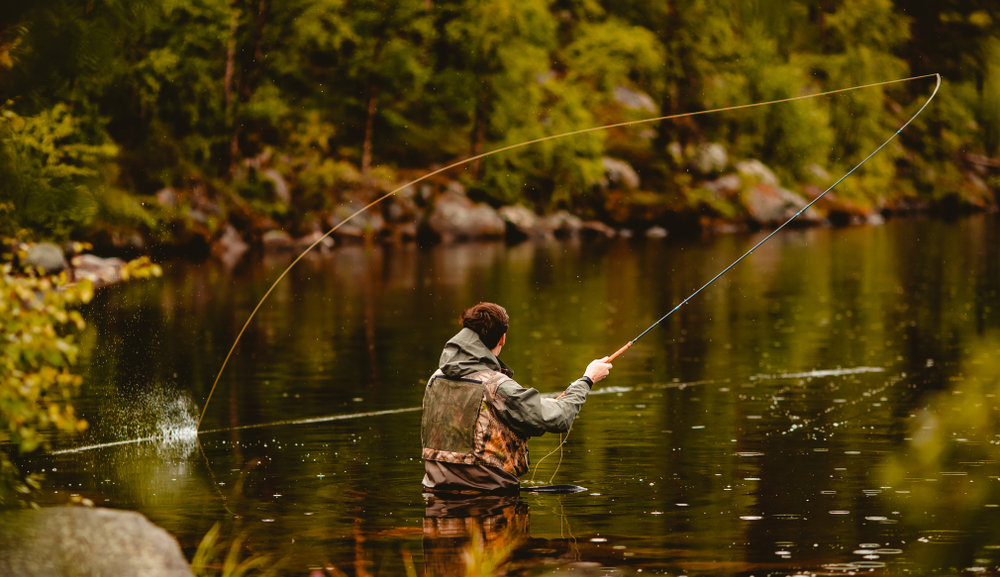
By practicing these casting techniques, you’ll be able to accurately present your fly to the fish, increasing your chances of a successful catch.
Reading the Water
Understanding how to read the water is another essential skill for beginners. Different parts of the water offer varying conditions for fish to hide and feed. Pay attention to the following aspects:
- Currents: Observe the movement of water as it can create feeding opportunities for fish.
- Eddies: Eddies form behind rocks or other obstructions in the water, providing shelter for fish.
- Riffles: Riffles are shallow, turbulent areas where fish often gather to feed on insects.
- Pools: Pools are deeper sections of water where fish take refuge or rest.
By understanding the water’s characteristics, you’ll be able to identify where fish are likely to be, improving your chances of a successful catch.
Understanding Fish Behavior
Fish behavior plays a significant role in fly fishing success. Here are a few key points to consider:
- Feeding Patterns: Fish have specific feeding patterns based on the time of day, season, and the available food sources. Learn about the types of insects and other prey that fish in your area prefer during different times of the day and year.
- Habitat: Different fish species have different habitats and prefer specific locations in the water. Research the fish species you’re targeting to understand their preferred habitat.
- Stealthy Approach: Fish are sensitive to vibrations and can easily be spooked. Approach the water quietly, avoid sudden movements, and use stealthy techniques to increase your chances of getting close to the fish.
Understanding fish behavior allows you to adapt your fishing techniques and increase your chances of success.
By mastering these basic fishing techniques, including casting, reading the water, and understanding fish behavior, you’ll be well on your way to becoming a successful fly angler.
Understanding Fly Selection
Fly selection is a critical aspect of successful fly fishing. In this section, we will provide you with a comprehensive beginner’s guide to selecting the right flies. By understanding the different types of flies and when to use them, you will significantly improve your chances of a successful fishing expedition.
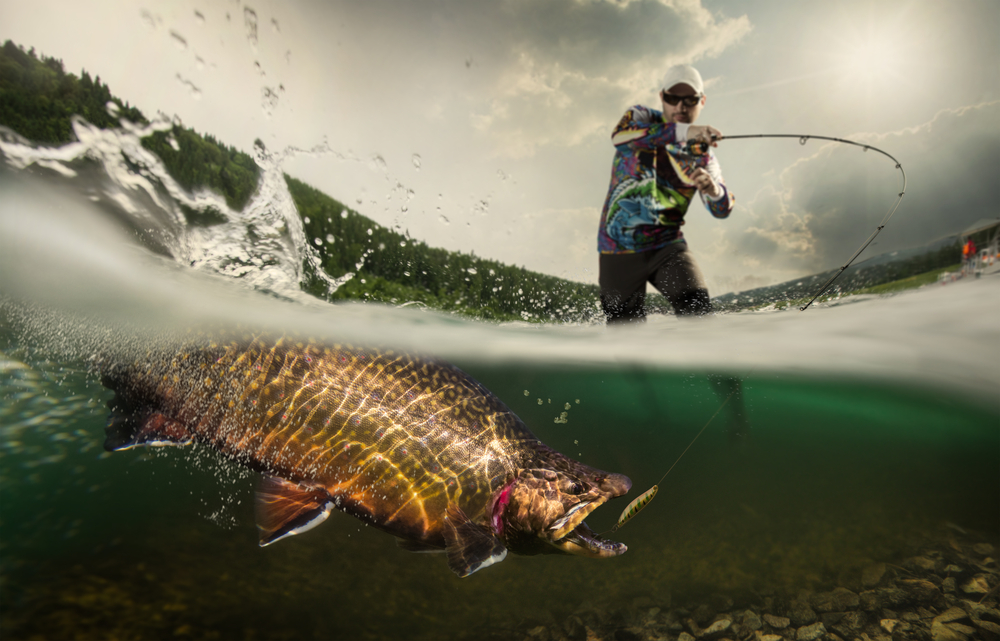
Best fishing practices for newcomers:
When selecting the right fly, it’s essential to consider a few key factors:
- Fish species: Different fish species have varying feeding habits, and certain flies imitate their preferred prey. Do your research and choose flies that closely match the natural food sources of your target fish.
- Water conditions: The clarity, temperature, and flow of the water can influence the effectiveness of specific fly patterns. Experiment with flies that are suitable for the current water conditions, such as dry flies for calm surface waters or streamers for faster currents.
- Time of year: As the seasons change, so does the availability of different insects and other food sources for fish. Adjust your fly selection based on the prevailing hatches and the time of year to maximize your chances of enticing bites.
By considering these factors and using your observations and local knowledge, you can make informed decisions when it comes to selecting the right flies. Be sure to have a variety of fly patterns in your tackle box to handle different fishing conditions, and don’t be afraid to experiment with different flies until you find the most effective ones for your fishing spot. For one, the shallow area of Apalachicola fishing charters is a great consideration.
Mastering Basic Fly Casting
Fly casting is a fundamental skill that every beginner angler should master to enhance their fly fishing experience. In this section, we will provide step-by-step instructions and valuable tips to help you improve your casting accuracy and distance. By practicing these easy fishing tricks for novices, you’ll be well on your way to becoming a skilled fly caster.
Types of Fly Casting Techniques
There are several types of fly casting techniques that you can learn as a beginner. Each technique has its own advantages and is suitable for different fishing situations. Here are three essential casting techniques we will cover:
- Overhead Cast: This is the most common and versatile casting technique used in fly fishing. We will guide you through the proper hand positioning, rod movement, and timing required to execute an accurate overhead cast.
- Roll Cast: The roll cast is particularly useful in tight quarters or when fishing in areas with obstacles behind you. We’ll teach you how to execute a smooth roll cast, making it an excellent technique for beginners to master.
- False Cast: The false cast is a casting technique that allows you to change direction, lengthen or shorten your line, and dry your fly. We’ll show you how to perform this intermediate casting skill effectively.
Tips for Mastering Fly Casting
Here are some helpful tips to keep in mind as you practice and refine your fly casting skills:
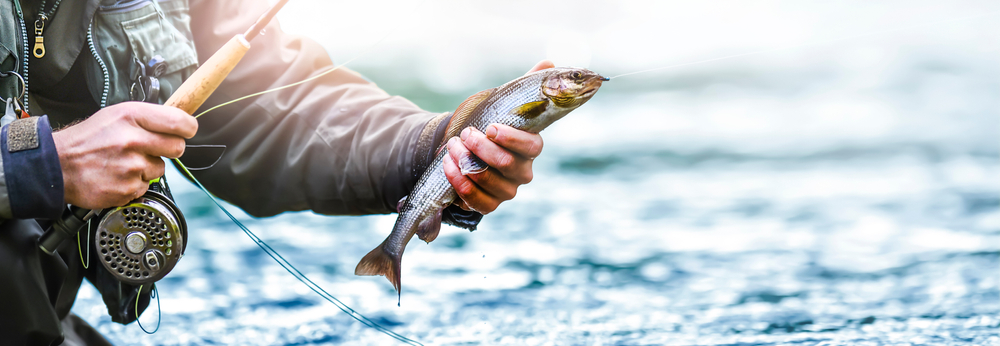
- Practice regularly: Like any skill, practice makes perfect. Allocate some time each week to practice your casting technique to improve your overall performance.
- Focus on the timing and tempo: Timing and tempo play a critical role in fly casting. Pay close attention to the rhythm of your casting stroke and ensure that you pause at the right moment for optimal line control.
- Use the power of your forearm and wrist: Your forearm and wrist should generate most of the power in your casting stroke. Practice using a smooth and controlled motion to deliver accurate casts.
- Watch your fly line: Keep an eye on your fly line during the casting process. Watching the line will help you gauge the accuracy and control of your cast.
- Start with shorter casts: Begin by practicing shorter casts before gradually increasing the distance. Mastering shorter casts will build a solid foundation for longer, more accurate casts.
By mastering the basic fly casting techniques and implementing these beginner fishing tips, you’ll be well-equipped to enjoy fly fishing and have a successful angling experience. Practice, patience, and persistence are key. So get out on the water and put your newly acquired skills to the test!
Practicing Proper Fish Handling and Conservation
As a beginner, it’s crucial to practice proper fish handling and conservation to ensure the well-being of the fish population and the environment. By following best fishing practices, you not only contribute to the sustainability of the sport but also help preserve the aquatic ecosystems for future generations.
Catch and Release Practices:
When practicing catch and release, it’s important to handle the fish with care to minimize stress and injury. Here are some key tips:
- Wet your hands before handling the fish to reduce damage to their protective slime coating.
- Use a landing net with a rubber or knotless mesh to avoid injuring the fish’s fins or gills.
- Minimize the time out of the water by keeping the fish submerged as much as possible.
- Remove the hook gently and quickly using appropriate tools like hemostats or forceps.
Conservation Measures:
In addition to catch and release practices, there are other conservation measures you should follow:
- Adhere to fishing regulations and size limits set by local authorities.
- Dispose of fishing waste properly, including monofilament lines, hooks, and other gear.
- Respect aquatic habitats by avoiding trampling vegetation and not disturbing nesting areas.
- Participate in clean-up activities to help protect water bodies from pollution.
By practicing proper fish handling techniques and embracing conservation measures, you can enjoy fishing while minimizing your environmental impact. Together, let’s protect and cherish our natural resources for generations to come.
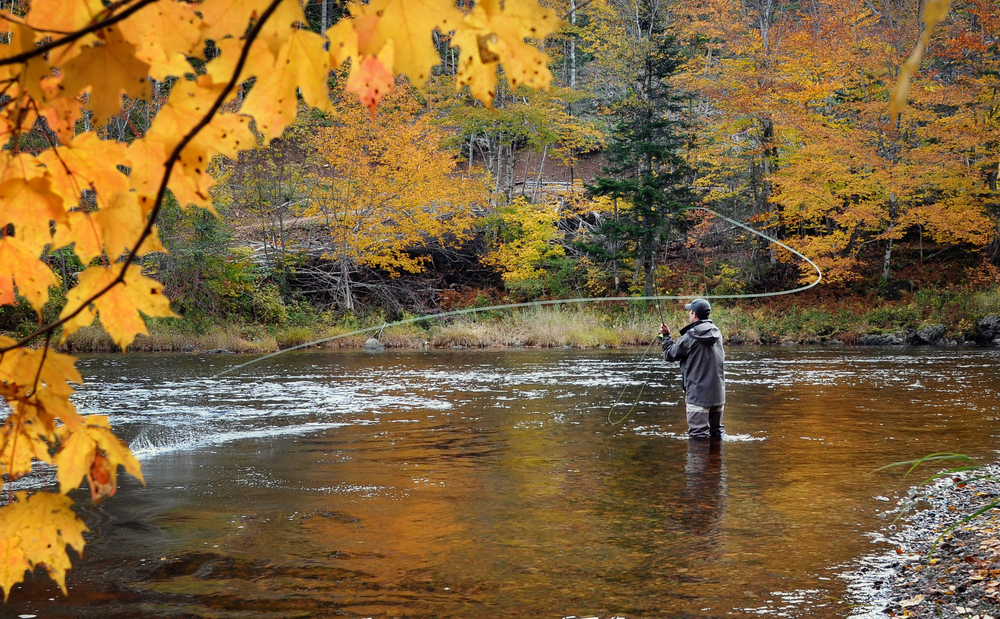
Conclusion
In conclusion, these fishing tips for beginners offer valuable insights to enhance your fly fishing experiences. By following these guidelines, you can start your fishing journey with confidence and enjoy the wonders of this captivating sport.
Firstly, choosing the right fishing gear is essential. Invest in a reliable rod, reel, and fishing line that suits your needs and budget. Additionally, consider accessories such as fly boxes, leaders, and tippets to enhance your fishing efficiency.
Moreover, learning basic fishing techniques is crucial for success. Practice casting techniques, observe fish behavior, and develop your skills in reading water conditions. These foundational techniques will significantly improve your chances of landing that prized catch.
Furthermore, understanding fly selection is key to enticing fish to bite. Familiarize yourself with the various fly patterns and select the flies that mimic the local insects and baitfish. Adapting to specific fishing conditions and seasons will greatly increase your chances of hooking fish.
In addition to honing your fishing skills, it is important to prioritize fish handling and conservation. Respect the fish population by practicing catch and release techniques and handling fish with care. By respecting nature and the environment, you can ensure the sustainability of the sport and contribute to the preservation of aquatic ecosystems.
So, gather your gear, practice your casts, and head out into the great outdoors. Remember, with the right gear, basic techniques, and conservation-minded practices in place, you can embark on unforgettable fly fishing adventures. Tight lines and happy fishing!




